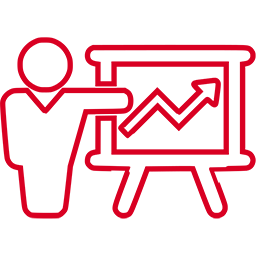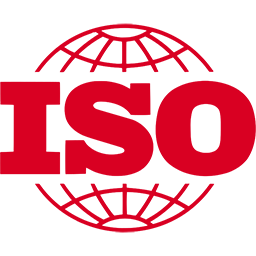
ISO 13485:2016 is accomplished and intended for use in organizations that deal with the design, development, manufacture, installation, service and sale and distribution of medical devices. It is now gaining prominence relatively quickly and is becoming the standard for organizations operating in the medical device industry.
These are instruments, apparatus, tools, implants or similar devices intended for use in the diagnosis, treatment and prevention of diseases or other medical conditions. There are a large number of medical devices, from basic hand tools to computer-controlled devices. As an example, we can mention from the simplest to the most complex devices:
Safety and compliance with medical devices are paramount in this highly regulated industry. Organizations have to comply with strict legislative and normative requirements, and therefore requirements for a quality management system are becoming mandatory in several EU countries. Companies that have an established and certified medical device quality management system declare the following:
The new version of ISO 13485:2016 places more emphasis on risk management and risk-based decision making. It focuses on the risks associated with the safety and parameters of medical devices and their compliance with standards and legislative requirements. The ISO 13485:2016 standard imposes stricter requirements in the case of the use of outsourcing of processes related to the main activity of the organization, implementation of control mechanisms, evaluation of external partners and compliance with the requirements set on the basis of written contracts. Specifically, these are more stringent supply chain requirements in the area of:
ISO 13485:2016 encourages manufacturers to work with doctors and users who should be involved and stimulates:
ISO 13485 is a separate standard based on ISO 9001, but contains some specific requirements for medical devices, such as: risk analysis, sterile production and traceability. ISO 13485 contains specific requirements for organizations involved in the life cycle of medical devices, while some requirements of ISO 9001, which are not relevant, have been omitted. Today, almost all ISO management system standards are designed to have the same structure and therefore be easier to integrate into an organization's existing management systems. The standard omits some ISO 9001 requirements that are not required as legal requirements. Due to these gaps, an ISO 13485 certified organization cannot comply with ISO 9001. Unless otherwise required by the organization, we recommend that the organization providing the manufacture or sale of medical devices primarily implement and certify only ISO 13485 separately according to the organization's needs and related legislation.
Source:
https://www.iso.org/caring-about-health-and-safety.html
EN ISO 13485:2016 and documentation
Certification of the medical device quality management system according to the ISO 13485 standard
Internal auditor of the quality management system in the field of medical devices






At the end of February this year, the European Commission issued a proposal to ease ESG reporting obligations. The aim of the proposal is to reduce the administrative burden on businesses associated with sustainability reporting. The proposal responds to the need to strengthen EU competitiveness and align regulation with the real opportunities for businesses.
More
AIAG members and Odette - together with established industry partners and stakeholders have decided to release a new version of MMOG/LE, in order to support the following objectives for a more stable and predictable supply chain.
More
ISO / IEC 17025 is a standard that applies to laboratories in various industries and ensures that standards for laboratory testing and calibration are followed in practice.
More
Recently, we have begun to accumulate events that we are not used to in our latitudes. Apart from the pandemic, we have certainly all caught a tornado in Moravia and other extreme weather events. ISO 22301 specifies business continuity requirements and rules and helps companies recover quickly from unforeseen events. Its aim is to prepare companies and protect them in the event of such an exceptional unforeseen event.
More